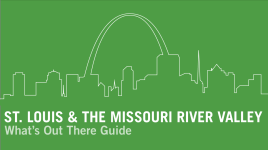Pioneer Information
Burton was born in 1939 in Greensboro, Alabama, and is best known for a body of mostly stone and metal furniture-like sculpture created in the 1980s that is rooted in both Minimalism and functionality. He spent most of his childhood in Washington, D.C. He studied painting with Leon Berkowitz in Washington and Hans Hoffman in Provincetown, Massachusetts. He enrolled at Goddard College of Plainfield, VT, then George Washington University in Washington, D.C., and took classes at Harvard University before ultimately moving to New York City in 1959 and receiving a bachelor's degree from Columbia University in 1962, and a master's degree in English literature from New York University in 1963. His artistic evolution from the 1950s to mid-1970s, involved painting, art criticism, theater and performance art, and was fueled in part by his interactions with New York cultural leaders such as Lincoln Kirstein, Jerome Robbins, Frank O’Hara, Edward Albee, and others.
Burton’s began creating furniture-like sculptures in the early 1970s and by the 1980s he was focusing on public art commissions and larger sculptural arrangements. His first large public commission was for Rockdale Temple in Cincinnati, Ohio in 1980, in which he transformed a courtyard area into a meeting place with benches and a fountain reminiscent of an altar. More public commissions followed in both interior and exterior spaces incorporating landscapes and plant materials alongside his essential furniture forms. For many of these projects, Burton collaborated with landscape architects, such as Baltimore landscape architect James Reed Fulton at Pearlstone Park, and M. Paul Friedberg in his Battery Park City collaboration with Siah Armajani. Burton’s identity as an openly gay man informed his ideas of body language and public space, threads which run throughout his early writing and performance work, but came to full maturity in his sculpture. He died from AIDS related complications on December 29, 1989.
















